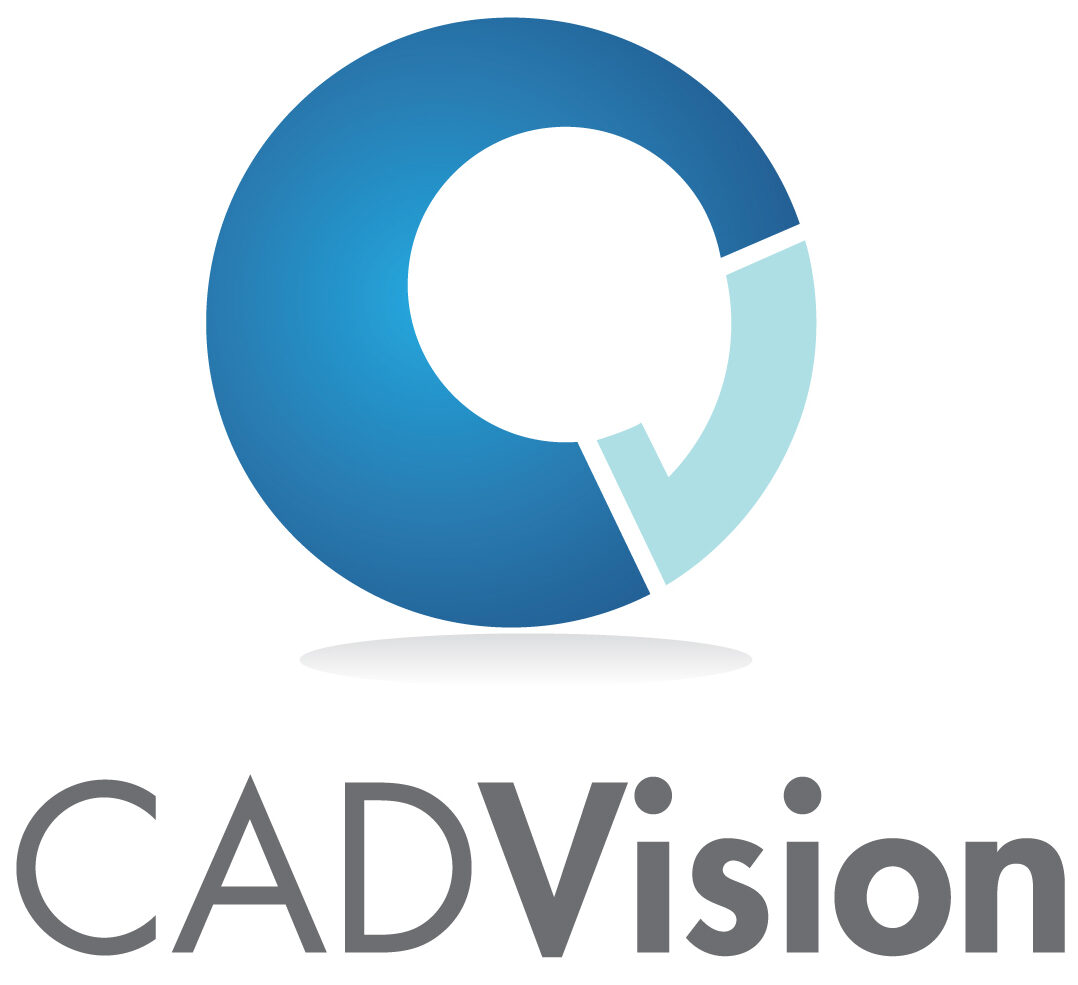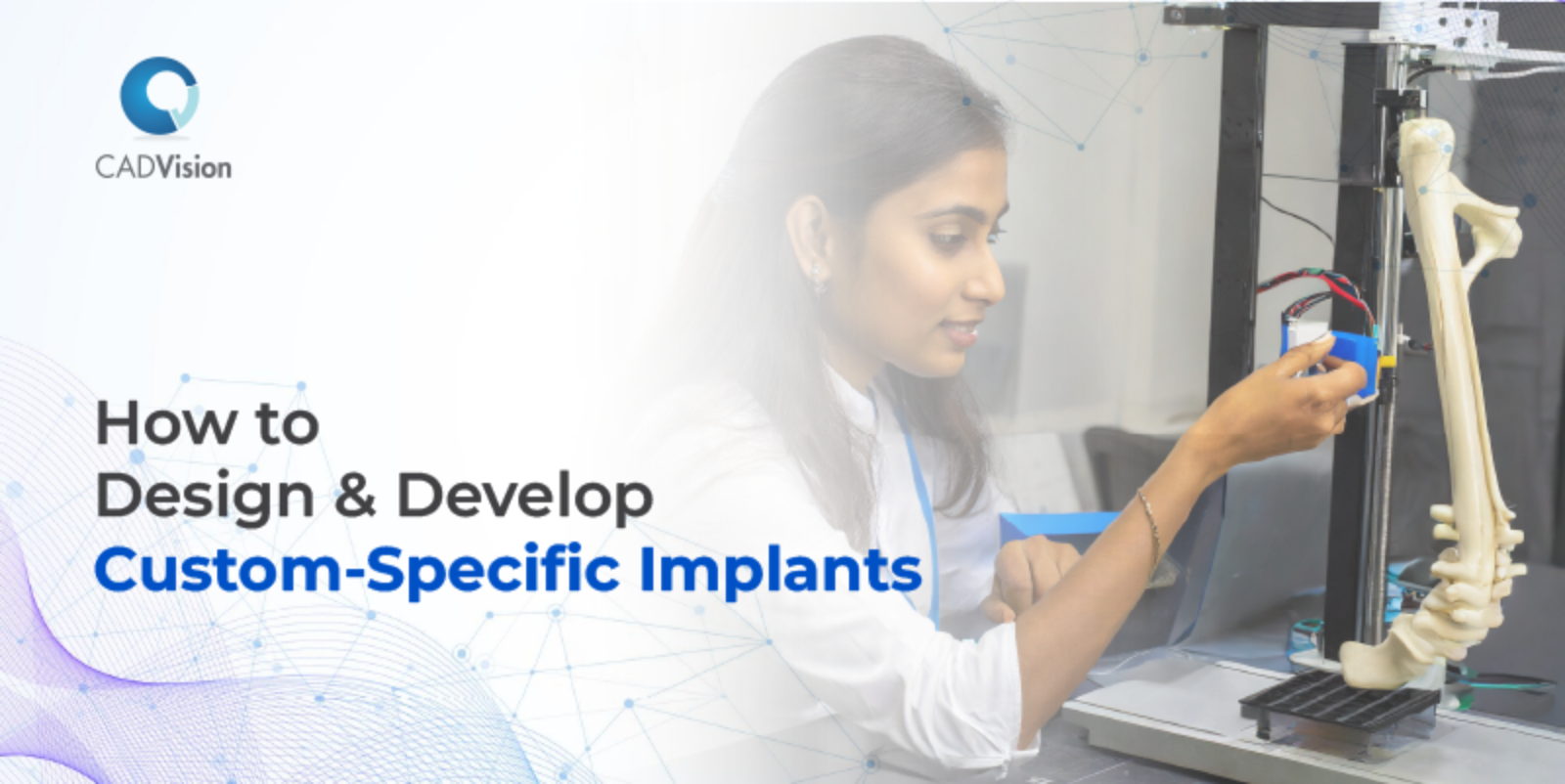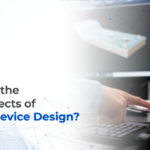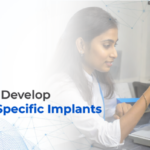The medical devices industry is rapidly growing and evolving. Manufacturers are no longer just delivering products but integrating data intelligence and services to provide a comprehensive healthcare experience. This has made the development of patient-specific implants a reality.
Unlike traditional implants that often require adjustments during surgery, the design of patient-specific implants is crucial in modern medicine as they perfectly match each person’s unique needs. Implants customized to the patient’s anatomy reduce the need for adjustments during surgery and enhance the precision of the entire medical procedure.
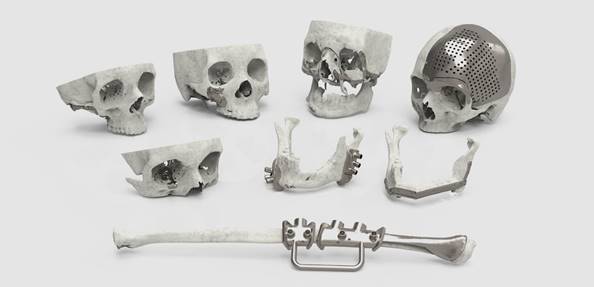
In this context, computer-aided design (CAD) has revolutionized medical implant development by allowing highly accurate and customized patient-specific design. By using patient imaging data, such as CT scans or MRIs, CAD creates a detailed 3D model of the required implant. This improves surgical outcomes, causes fewer complications, and increases patient satisfaction.
A transformative biomedical engineering feat, let’s see how medical device companies and researchers leverage CAD to design custom-specific implants.
How CAD Design Can Improve Medical Devices Design
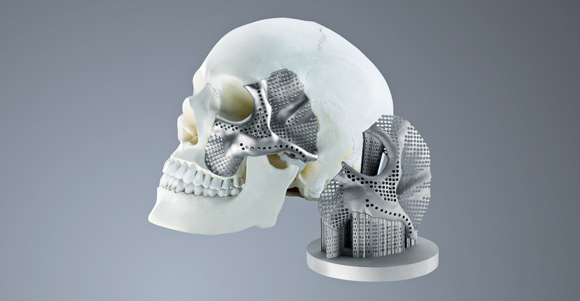
The healthcare industry embracing advanced techniques in CAD has made it possible to design custom-specific implants for patients. CAD for medical device design sets itself apart from traditional manufacturing methods by enabling the creation of complex designs at a lower cost and reduced time to market. Researchers from different medical specialties can use precise 3D models of body parts and devices to evaluate various conditions in patients needing implants.
Key Things to Consider Before Planning a Design Process Automation Strategy
From customized prosthetics to precise reconstructive surgeries, here’s how CAD is transforming medical procedures and improving patients’ quality of life:
- Prosthetic limbs: With 3D scanning and CAD software, precision prosthetic limbs can be engineered to match a patient’s exact measurements. These prosthetics deliver improved functionality and comfort.
- Dental implants: CAD aids in the precise design of dental implants, allowing for enhanced customization tailored to each patient’s unique oral structure.
- Bone replacements: With CAD, surgeons can model and create exact replicas of a patient’s bone. This allows for effective and personalized bone replacement surgeries.
- Cranial plates: CAD technology finds use in creating custom cranial plates for patients who have undergone skull surgeries. Customization ensures the implant fits exactly into the patient’s unique anatomy.
- Joint replacements: With the help of CAD, biomedical engineers can create joint replacements like knee or hip implants. Customized joint implants allow for a perfect fit, reduce recovery time, and enhance the patient’s mobility post-surgery.
- Surgical guides: CAD can assist in creating surgical guides that help surgeons accurately place implants or perform other complex procedures. It reduces the risk of error and improves overall surgical outcomes.
- Reconstructive surgeries: Another application of CAD technology is in reconstructive surgeries that enable surgeons to visualize and plan the surgery, resulting in more precise and effective procedures.
- Bioprinting: CAD software is used in bioprinting, a cutting-edge technology that uses living cells to create 3D structures. This can be used for tissue engineering and organ replacements, potentially revolutionizing the medical field.
CADVision, a trusted industry leader, is committed to delivering top-notch services for your new product development needs. With our knowledge and expertise in cutting-edge software development and integrating the underlying design using tools like Computer-Aided Design (CAD) tools and/or custom tools for design and Finite Element Analysis (FEA), we optimize design process/time, product performance, functionality, and user experience.
Discover cutting-edge digital and engineering solutions and services tailored to the medical devices and diagnostics industry.
Design of Patient-Specific Implants with CAD
The design of patient-specific implants begins with a thorough understanding of the patient’s condition and unique anatomical structure. This can be achieved by gathering detailed patient data, usually through advanced imaging technologies such as CT or MRI scans. Patient data provides an accurate 3D representation of the affected area, allowing medical professionals to match the implant perfectly to the patient’s body.
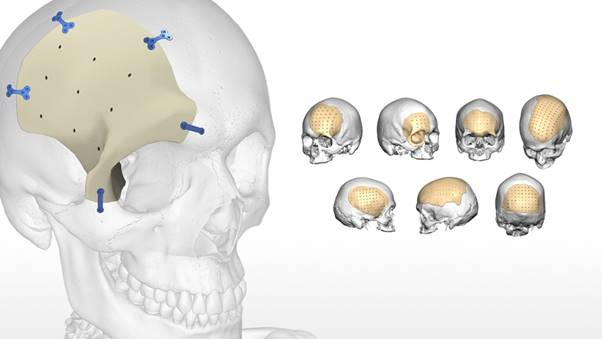
Patient data is the cornerstone of custom-specific implant design. Using this data, engineers can create tailor-made solutions for the individual, maximizing functionality and improving the patient’s quality of life. It enables surgeons to anticipate potential complications, reduce surgical time, and ultimately increase the likelihood of a successful operation.
Development of Patient-Specific Implants with CAD
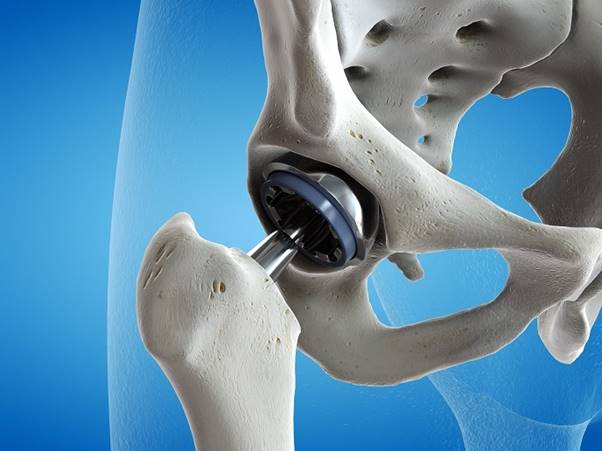
CAD software provides precise control over the design and development process, allowing for the creation of highly customized implants that fit each patient perfectly. This level of customization can significantly improve patient outcomes and quality of life.
The process of developing patient-specific implants involves several key steps:
- Patient assessment: This is the initial stage, where the patient’s needs and anatomical characteristics are assessed using various imaging technologies like CT or MRI scans.
- Designing the implant: With the help of computer-aided design (CAD) software, a 3D implant model is created based on the patient’s unique anatomy.
- Prototype creation: The CAD design is then used to develop a prototype of the implant, using various methods like 3D printing or CNC machining.
- Production and sterilization: The implant is manufactured using biocompatible materials once the design is finalized and tested. It is then appropriately sterilized to ensure it is safe for implantation.
- Surgery and implantation: The final step involves surgical insertion of the patient-specific implant.
Conclusion
The application of CAD in the medical field has brought about revolutionary outcomes, particularly in improving the early diagnosis and treatment of chronic diseases. One of the most significant benefits of CAD design automation is that it provides those involved in pre-surgical planning with reliable and standardized methods for creating customized implants. As the global market for implantable medical devices grows, CAD offers promising avenues for developing tailored devices that address specific conditions.
CADVision is a leading provider of smart product engineering services for automotive, medical devices, transportation, and other industries. As an industry leader, CADVision is dedicated to providing high-quality, scalable, and modular solutions through product development, software development, and design process automation.
At CADVision, we use intelligent engineering techniques to improve designs, reduce material waste, and offer cost-efficient solutions without compromising quality.
Partner with us and add value to your digital journey with our custom solutions and services in software development, product development, and design/process automation.
Popular Posts
- What Are the 5 Key Aspects of Medical Device Design?by Admin
- Latest Trends in Design Process Automationby Admin
- Generative AI Revolutionizing Medical Device Innovationby Admin
- How to Design & Develop Custom-Specific Implantsby Admin
- Key Considerations for Planning a Successful Design Process Automation Strategyby Admin
Categories
Tags
3D printing help in the medical field Automation in CAD data migration Business CAD customization services CAD data migration benefits CAD data migration methods CAD data migration planning CAD design automation CAD Design Automation In Medical Implants CAD development services CAD for Medical Device Design CAD Software CAD software development CAD software development companies CAD software solutions Capturing required knowledge Custom CAD data migration tools Custom tools for CAD data translation Data structuring in KBE Design process automation Engineering High-quality CAD data transfer Importance of medical device design IT-Services IT-Solution KBE KBE implementation issues Knowledge-Based Engineering challenges Marketing medical 3D printing Medical Design Software Medical device design Medical device design and development medical imaging software medical software development Neutral formats for CAD data conversion Patient-specific implants Process of CAD Automation Product Development Software Software development for medical devices Streamlined data migration process Successful CAD data migration What is automation design process? What is Design Process Automation
